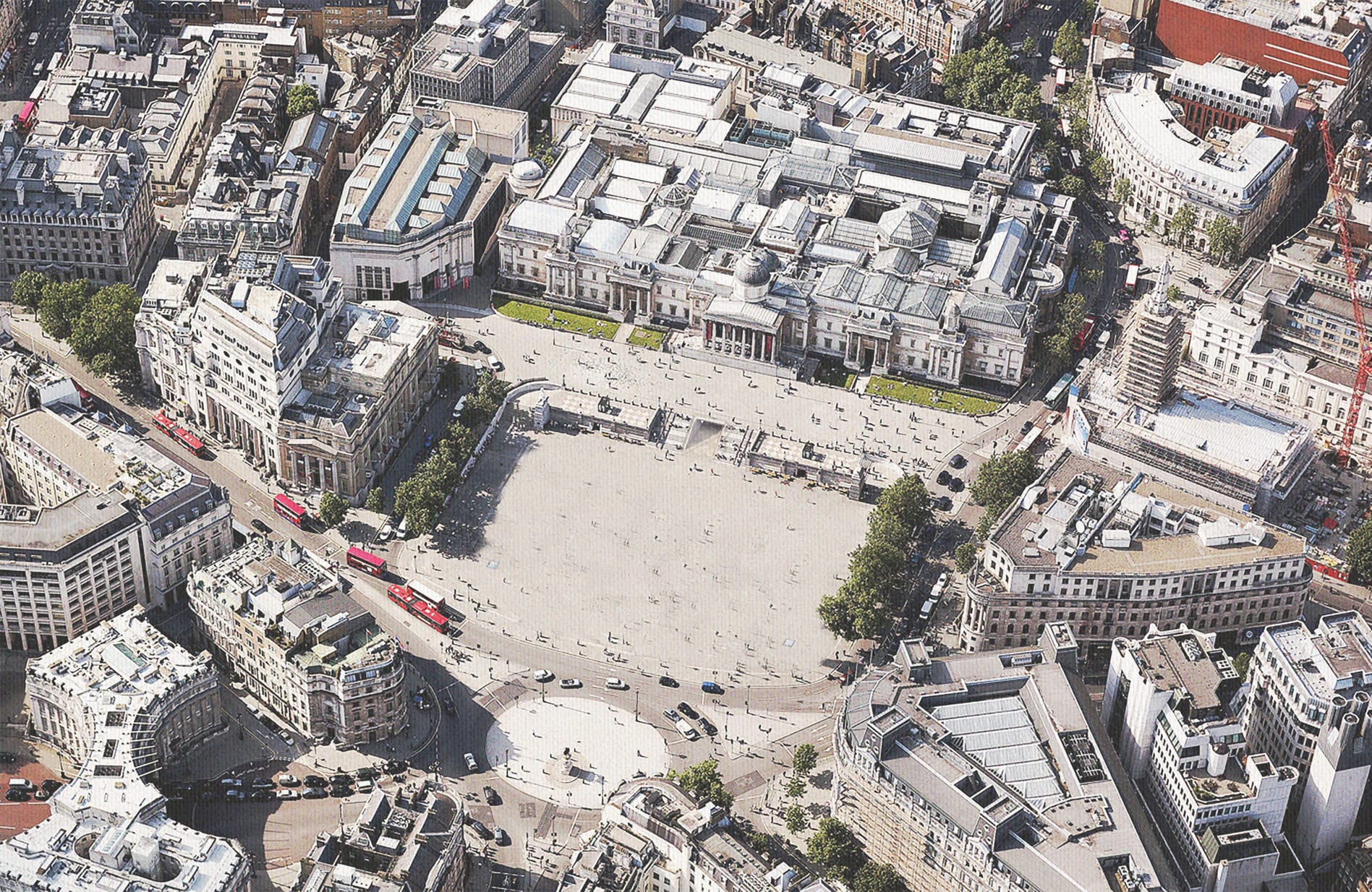Janice is graduating from the Royal College of Art with a Masters in Architecture, and is currently based in London. Growing up in Hong Kong, a dense, fast-paced, utilitarian city, whose architecture and construction are dominated by the unspoken rule that ‘form follows profit’. Witnessing how, in international cities such as Hong Kong, democratic space has somehow become a luxury, triggered Janice to reflect on types of spaces essential for public interaction.
During her studies in ADS 1: Pomp & Circumstance with Douglas Murphy, Andrea Zanderigo, and Selina Ahmann, she aimed to address and respond critically to the socio-political crises using radical spatial strategies. One of which was to investigate the ideas through the medium of the architectural projects by Richard Rogers and Edward Lutyens, two architects from two critical moments in the UK, using these to speculate what it could be like in the foreseeable future.


![[untitled]](https://res.cloudinary.com/rca2020/image/upload/f_auto,h_1152,w_1920,c_fill,g_auto,q_auto/v1/rca2021/60ccbadc98de755bbfcd18e5-545235?_a=AXAH4S10)
![[untitled]](https://res.cloudinary.com/rca2020/image/upload/f_auto,h_982,w_1920,c_fill,g_auto,q_auto/v1/rca2021/60ccbadc98de755bbfcd18e5-959684?_a=AXAH4S10)
![[untitled]](https://res.cloudinary.com/rca2020/image/upload/f_auto,h_1920,w_1920,c_fill,g_auto,q_auto/v1/rca2021/60ccbadc98de755bbfcd18e5-681028?_a=AXAH4S10)
![[untitled]](https://res.cloudinary.com/rca2020/image/upload/f_auto,h_1357,w_1920,c_fill,g_auto,q_auto/v1/rca2021/60ccbadc98de755bbfcd18e5-250906?_a=AXAH4S10)
![[untitled]](https://res.cloudinary.com/rca2020/image/upload/f_auto,h_1357,w_1920,c_fill,g_auto,q_auto/v1/rca2021/60ccbadc98de755bbfcd18e5-891895?_a=AXAH4S10)
![[untitled]](https://res.cloudinary.com/rca2020/image/upload/f_auto,h_1358,w_1920,c_fill,g_auto,q_auto/v1/rca2021/60ccbadc98de755bbfcd18e5-775271?_a=AXAH4S10)
![[untitled]](https://res.cloudinary.com/rca2020/image/upload/f_auto,h_1080,w_1920,c_fill,g_auto,q_auto/v1/rca2021/60ccc5a298de755bbfe30975-821454?_a=AXAH4S10)
![[untitled]](https://res.cloudinary.com/rca2020/image/upload/f_auto,h_1080,w_1920,c_fill,g_auto,q_auto/v1/rca2021/60ccc5a298de755bbfe30975-833872?_a=AXAH4S10)
![[untitled]](https://res.cloudinary.com/rca2020/image/upload/f_auto,h_1080,w_1920,c_fill,g_auto,q_auto/v1/rca2021/60ccc5a298de755bbfe30975-846529?_a=AXAH4S10)